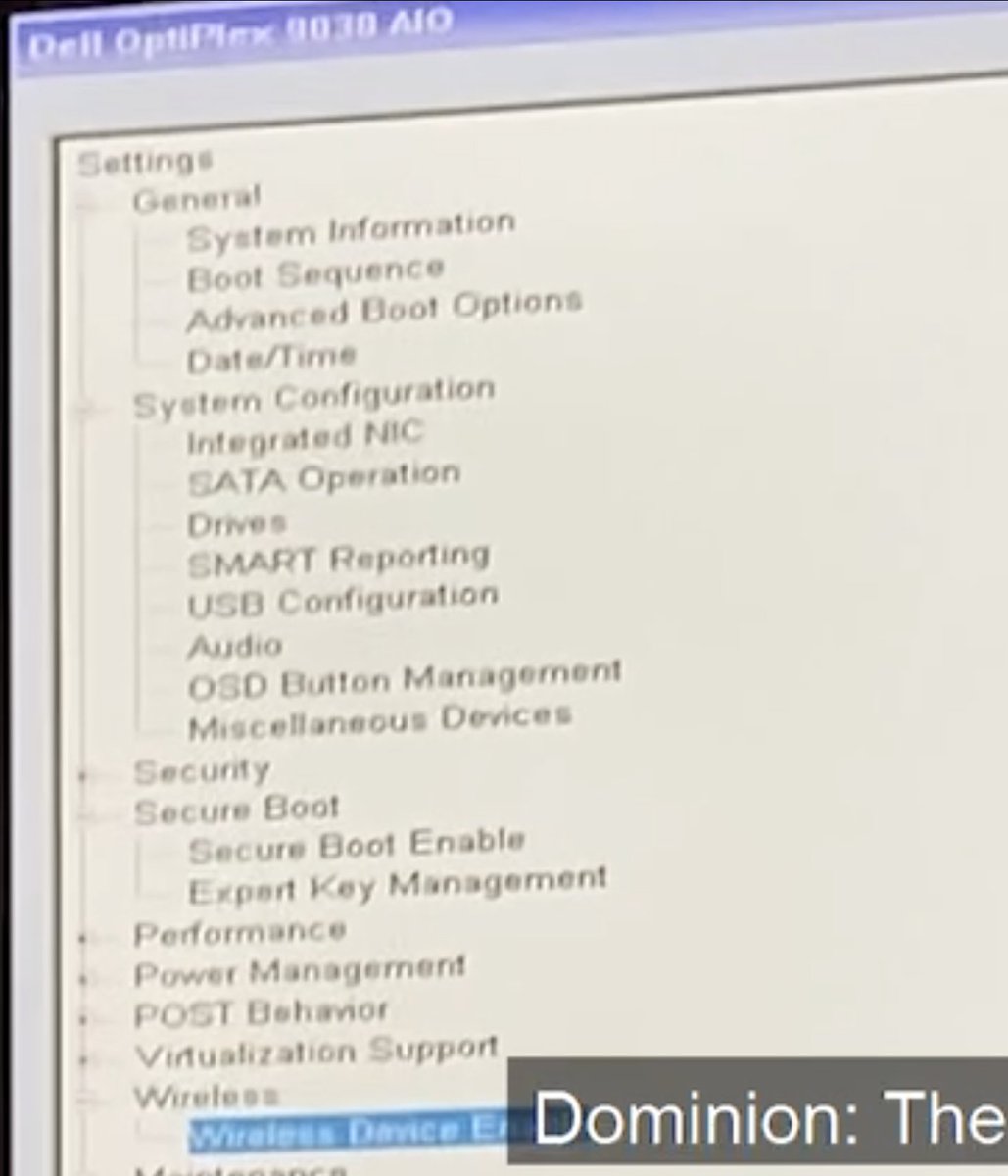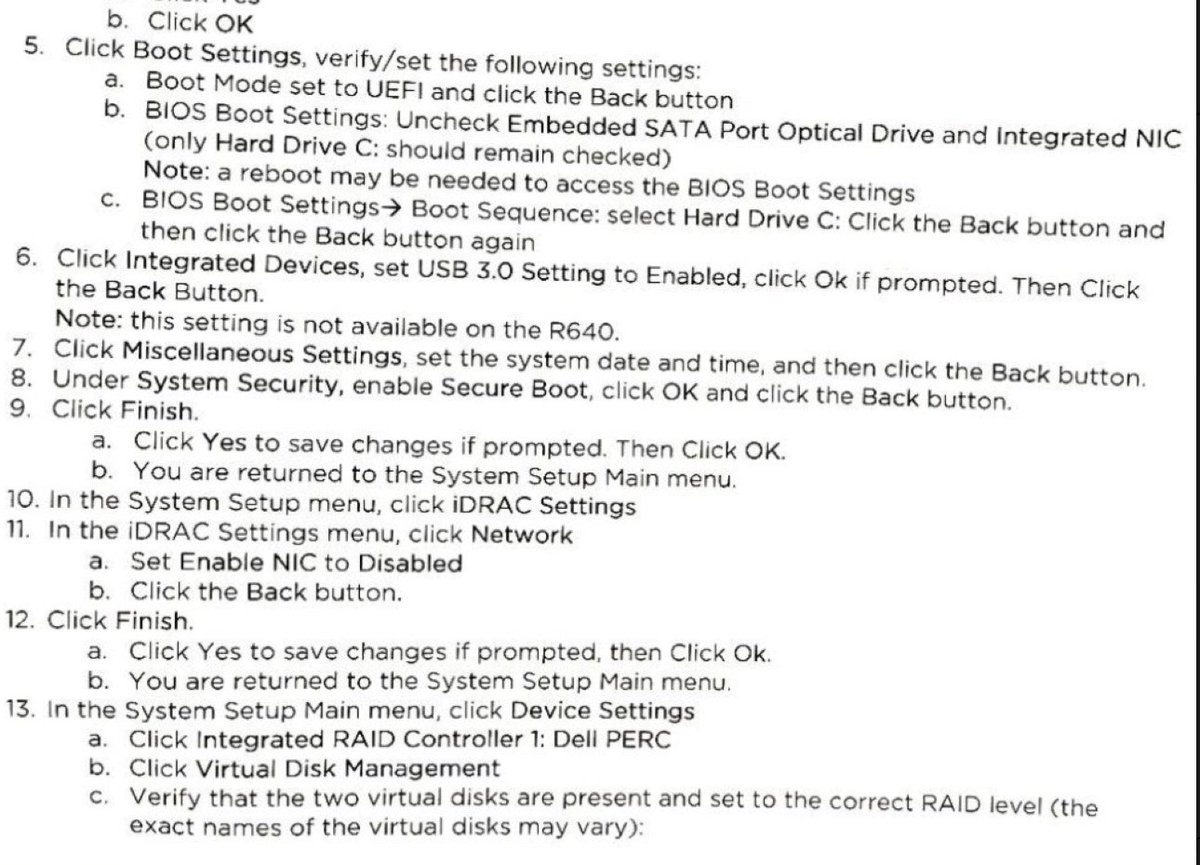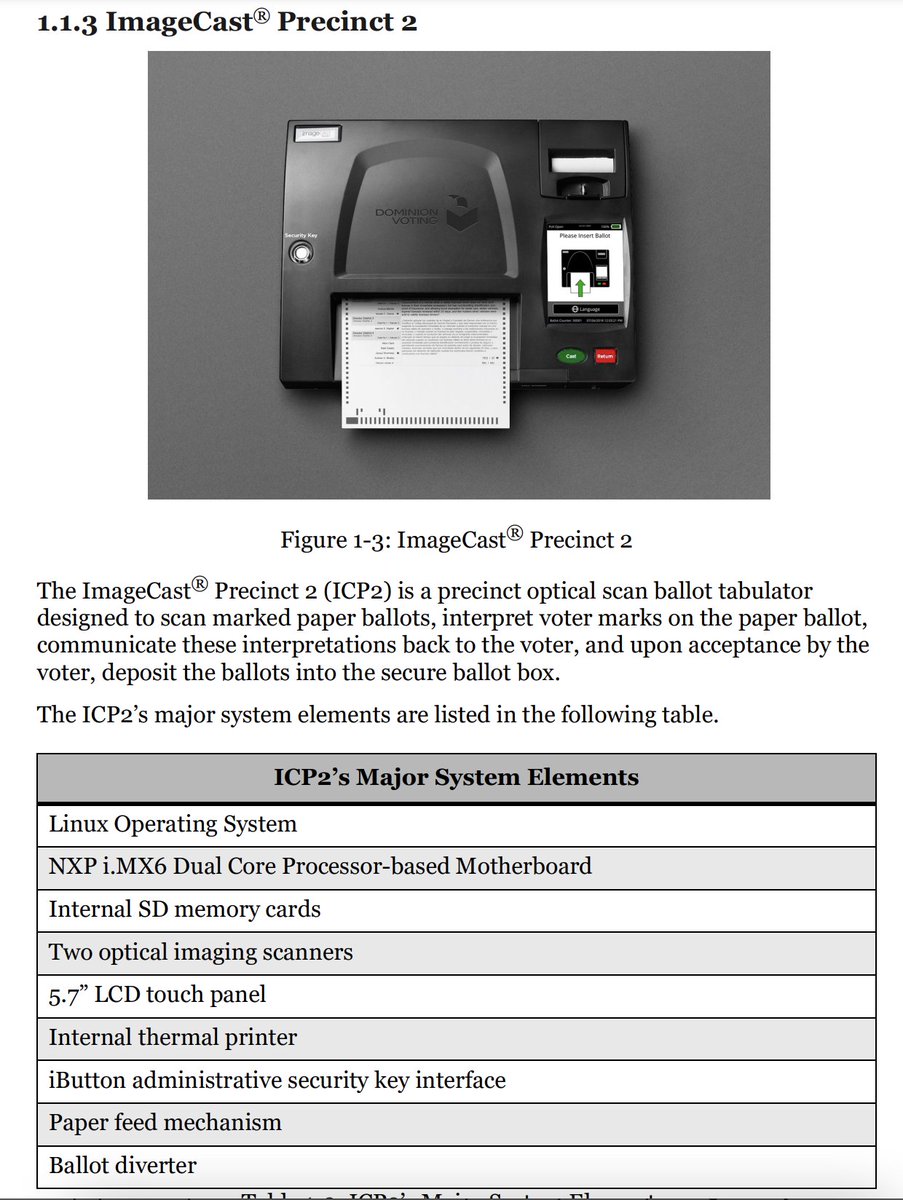Tue Aug 03 19:00:32 +0000 2021
[tweet] [link]
PSA: Ron Watkins is confused about the passwords that have been subpoenaed by the AZ Leg.
In his video, the BIOS menu title bar says "Dell Optiplex 9030 AIO". Per Ron's own posts, that means this is an ICC.
The AZ Leg subpoenaed the passwords for the ICP2, NOT the ICC.
[tweet] [link]
In response to the AZ Leg subpoena, Maricopa Co. has stated that they do not have the ICP2 passwords.
Ron seems to think he dropped a bomb by proving that the "state" is control of the passwords. But his whistleblower is specifically talking about ICC BIOS passwords.
[tweet] [link]
BIOS passwords are not a big deal.
You can reset the BIOS password on pretty much any computer, including the Dell workstations used for the ICC, by following publicly available instructions: https://www.dell.com/support/kbdoc/en-us/000126390/how-to-use-the-jumper-to-reset-the-bios-password-on-your-dell-desktop-computer
You just move a jumper over a pin. That's it.
[tweet] [link]
That is because, again, the ICC, as well as a few other Dominion systems, use Dell enterprise hardware - aka, standard PCs. Also, the docs Ron posted have explicit instructions on how to DISABLE all network connectivity options in the BIOS
[tweet] [link]
This is confirmed in the video, where the Dominion employee (????) shows that the options are disabled. The "whistleblower" then asks if those options could be enable by anyone that has the password, to which the answer is of course, yes.
That's why they're instructed not to.
[tweet] [link]
Let's assume the auditors did not have the BIOS password.
Would they need the BIOS password to confirm that network boot options were disabled?
Again, per Ron's own screenshots, no. You can view BIOS options without a password. But you cannot change them.
[tweet] [link]
So what about the ICP2 machines. Would the "state" have the BIOS passwords for those?
No. The ICP2 machines do not even have a BIOS.
They are not based on PC architecture. They run a small linux distribution powered by an NXP SoC (System-on-Chip)







